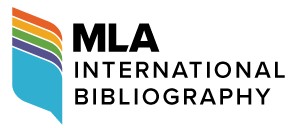Abstract
While the “art ethics” shaped by the “ethical turn” typically focuses on the positive correlation between artistic value and moral virtue, the school of so-called “immoralism” shifts attention to a “negative correlation” between ethical and aesthetic values, asserting that moral defects can be essential to the achievement of artistic values. As a significant trend in Western art ethical criticism, immoralism has introduced several theoretical innovations. However, it remains controversial and warrants critical scrutiny. By tracing its intellectual genealogy, analyzing the arguments of its key proponents, and clarifying the core disputes between the opposing positions, this paper reveals the underlying logical fallacy in “in praise of immoral art.” Immoralism provides a counter-argument that reinforces the significance of “art ethics” in today's world, where “autonomism” remains dominant, and the ultimate pursuit of truth, goodness, and beauty in art endures.
Keywords
immoralism, art ethics, moral defect, aesthetic value
First Page
200
Last Page
206
Recommended Citation
Yang, Keke. 2025. "Moral Defects and Aesthetic Values: The Immoralism in Western Art Ethics and Its Interpretation." Theoretical Studies in Literature and Art 45, (4): pp.200-206. https://tsla.researchcommons.org/journal/vol45/iss4/19


